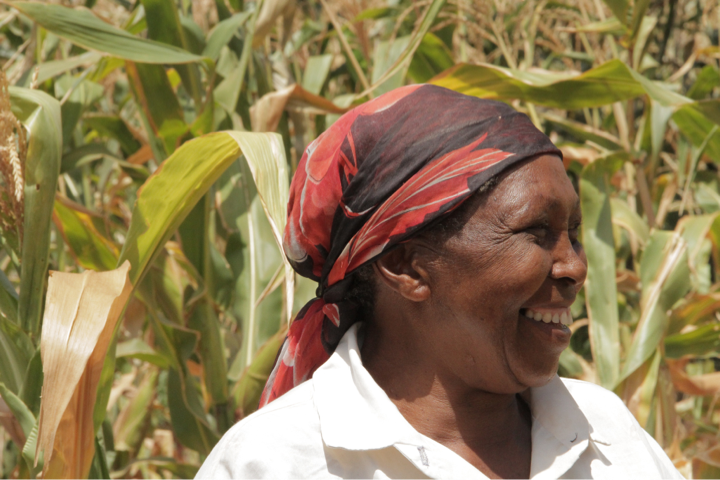
All eyes are currently on Paris for the international climate change conference, COP21. Once world leaders fly out, ordinary delegates will have just over a week to reach decisions on a whole host of complex work streams most importantly, how the voluntary greenhouse gas reduction targets so far put forward by 140 nations can be anchored into some kind of overarching framework, and whether the overall ambition of the mitigation effort can be increased in future years.
Most people tend to think of burning coal and gas for electricity generation the iconic smokestacks we see in TV news reports when considering places to reduce carbon emissions; however, electricity only counts for about a quarter of global greenhouse gases. Thus, even if we replaced all coal and gas-fired power stations with clean energy sources tomorrow, there would still be work to do. According to the Intergovernmental Panel on Climate Change, agriculture, forestry and other land use accounts for another quarter (24%) of global emissions almost the same as electricity, but receiving far less attention.
The role of deforestation, particularly in the tropics, in causing large-scale carbon emissions is obvious, but other aspects of agriculture are less easily appreciated. For example, the use of nitrogenous fertilisers (whether synthetic or organic, the chemistry is the same) leads to the emission of nitrous oxide, a greenhouse gas with a warming effect three hundred times as powerful as CO2. Cultivation of soils with tillage for growing crops also tends to lead the release of carbon stored in the soils.

This begs the question of how agricultural practices, and crop breeding, might support mitigation. One crop trait of great interest is nitrogen uptake efficiency: if crops need less fertiliser application, nitrous oxide emissions can be reduced. So can the emissions from the Haber-Bosch process of fertiliser production, which is itself highly energy-intensive. Agronomic techniques matter too: precision farming using large-scale data management aims to apply precisely the amount of fertiliser required by the crop in each small area, rather than spreading it more broadly.
Even the much-maligned herbicide tolerance traits developed using genetic engineering can have greenhouse gas benefits by helping farmers adopt no-till methods and thereby sequester carbon in agricultural soils. According to the International Service for the Acquisition of Agri-biotech Applications, “savings from conservation tillage for biotech food, feed and fibre crops, led to a soil carbon sequestration equivalent in 2013 to 25.9 billion kg of CO2, or removing 11.5 million cars off the road for one year” in 2013 alone[iii]. These are substantial benefits, generally not appreciated by those concerned with climate mitigation.
Another huge issue for climate change is adaptation: how we can continue to produce sufficient food to supply a growing human population even as global temperatures rise inexorably and weather patterns become more extreme and unpredictable? Genetics can help here too: in sub-Saharan Africa, the ‘Water Efficient Maize for Africa’ project aims to make drought-tolerance traits available to smallholder farmers to assist their adaptation to the harsher and more frequent droughts already arriving with climate change. Notably, this project includes both GMO and conventionally developed drought-tolerance traits. The latter are already commercially available in Kenya under the ‘Tego’ brand, and have high demand from Kenyan farmers.
From the viewpoint of the Cornell Alliance for Science, helping farmers access technologies to help both adapt to climate change and to reduce greenhouse gas emissions from agriculture is a major concern, particularly in developing countries. It’s doubtless not something that will be a major part of the media reports coming out of Paris over following days, but this rather unappreciated aspect of the climate debate is of critical importance for our future globally
